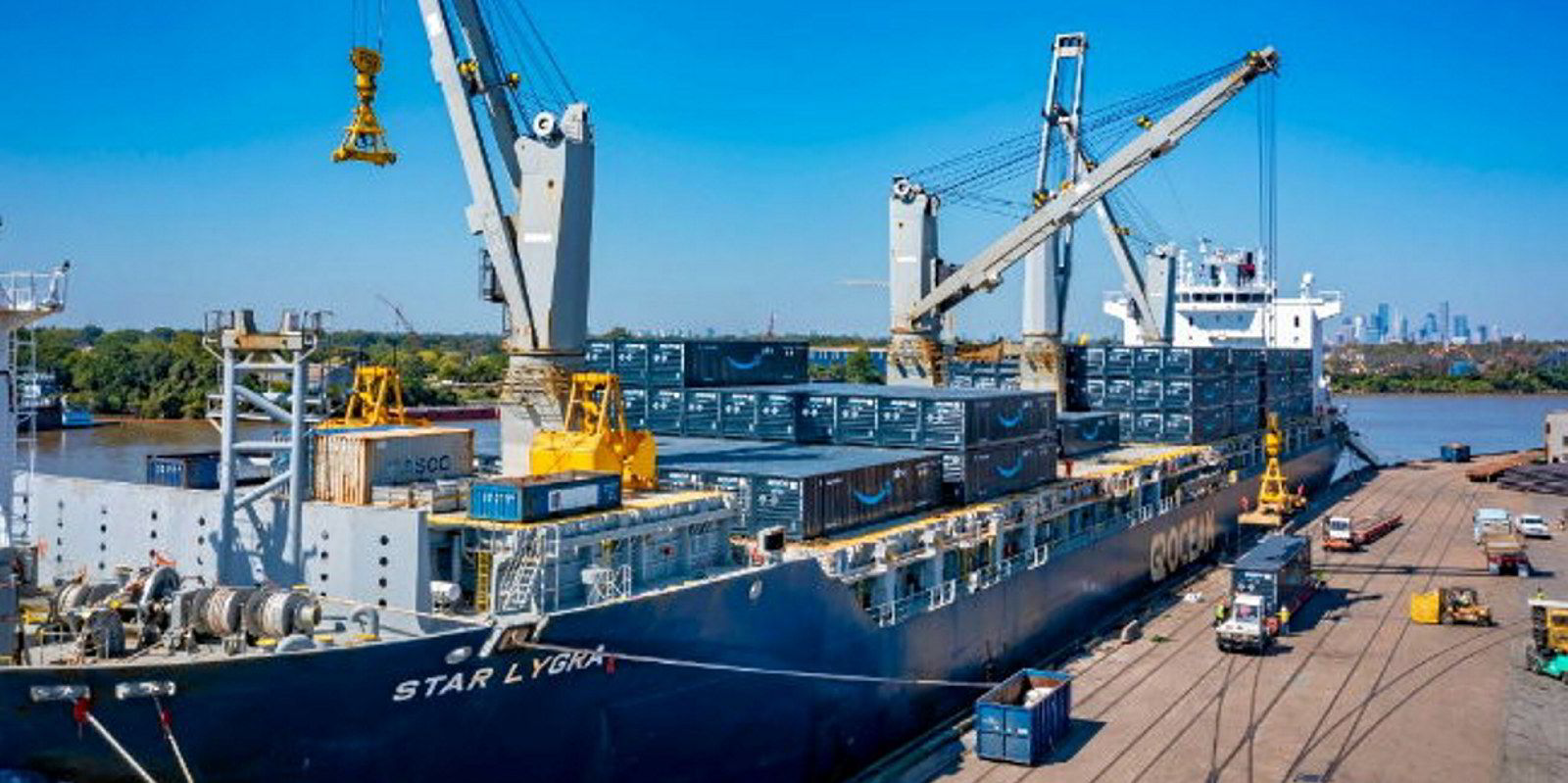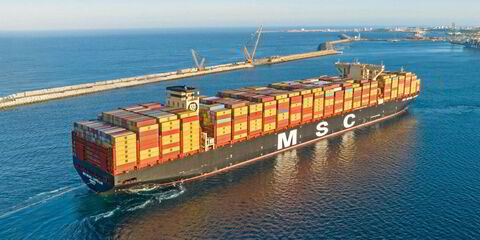Analysis of the world’s ports from space has laid the groundwork for an ambitious project to track the impact of extreme weather on global trade.
PortWatch, an online platform backed by the International Monetary Fund, is due to launch this year to chart how damage to port facilities disrupts trade and supply chains.
The initiative builds on work by researchers at Oxford University who used satellite imagery and climate data to assess the defences of the world’s most busy 1,340 ports from extreme weather events.
That research, published last week in the scientific journal Communications Earth & Environment, found that the Port of Houston in Texas faces the greatest potential cost from a combination of cyclones and flooding — $169m every year.
Scientists say extreme weather events are increasing in frequency because of global warming. The study found that the biggest impacts are felt by small island states, owing to their greater reliance on port facilities and imports.
It estimated that the knock-on effects on global trade are likely to hit $63bn — eight times the potential $7.5bn annual cost of physical damage to ports. Researchers estimated that up to 1.8% of maritime trade is at risk from weather-related disruption every year.
They cited the extreme cases of the shutdown of three US ports in the aftermath of Hurricane Katrina in 2005 and the estimated $12bn damage caused by the 2011 Tohuku earthquake and tsunami in Japan.
The lead author of the study, Dr Jasper Verschuur, said researchers are now trying to track the implications of damage to key ports.
Using AIS tracking and big data analytics, PortWatch will track the spillover effect to other countries, trade routes and the supply chain to identify weak spots and help prepare for disasters.
The basis of the platform is climate data and the detailed analysis of ports by Verschuur, who spent three months scouring satellite imagery to identify the key facilities and the potential dangers they face.
“This in the end was the missing link to bring the two together,” he said. “We wanted to know how this translated into economic losses and how we can reduce the risk.
“We really wanted to see how far we could push this analysis to quantify, in the most detailed way, possible effects on the largest ports.
“What would be the likely wind speed at the port? How are different terminals susceptible to different types of wind speeds?”

Details about port infrastructure had been hard to come by and the researchers were unable to assess different engineering standards across ports.
“More modern ports have container cranes better able to cope with extreme winds; smaller ports might have breakwaters that are less well designed and cannot cope with the same level of waves,” Verschuur said.
Climate proofing
He hopes the PortWatch project, which will be free to access, helps governments and port authorities quantify potential losses from a failure to upgrade facilities to confront the threat from climate change.
Up to $63bn will be needed to lift up terminals to accommodate rising sea levels by 2100, according to his study.
He said the information could be used to make the case with development banks for investment in upgrades.
“It’s so much cheaper to invest a bit more when building a new port and make more climate-proof than to retrofit later and have to close a port. That’s really expensive.”




